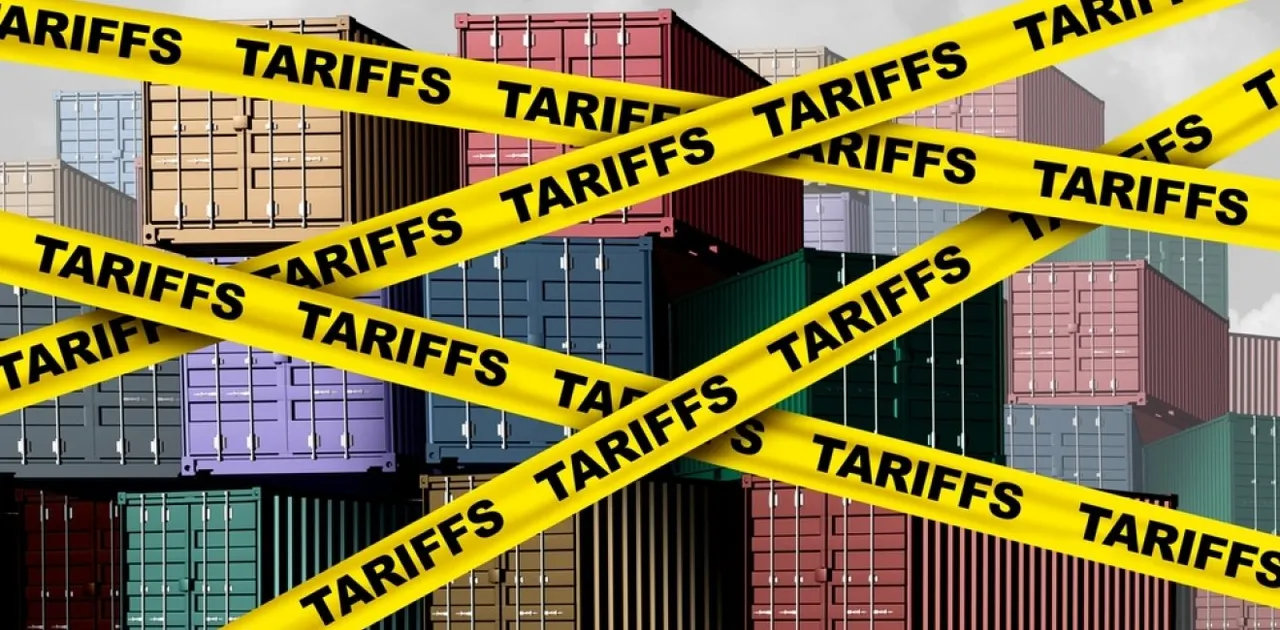Most U.S. and European stock indices fell on Tuesday following U.S. inflation data that suggests President Donald Trump’s imposed tariffs are starting to seep into the American economy. While the Nasdaq index rose, bolstered by strong performance from Nvidia, the Dow Jones and S&P 500 struggled.
Inflation Dampens Hopes for Rate Cuts
The U.S. Consumer Price Index (CPI) for June showed a 2.7% increase compared to last year, exceeding the Federal Reserve’s 2% target. Although the figure matched analysts’ expectations, it raised concerns about a potential trend toward stagflation, as noted by market analyst Jochen Stanzl. This scenario is particularly unwelcome for investors, especially in a market that is considered “overvalued.”
Tariffs Pressuring Consumers and Businesses
Experts have indicated that inflation may rise further in the coming months, as companies exhaust their pre-tariff inventories and begin passing higher import costs on to consumers. Heather Long, Chief Economist at the Navy Federal Credit Union, noted, “Rising prices will make it harder for the Federal Reserve to cut interest rates, and will put more pressure on families living paycheck to paycheck.”
Dollar Strengthens, Oil Prices Fall
The U.S. dollar gained strength as expectations of interest rate cuts diminished, while oil prices dropped despite Trump’s escalating threats of imposing tariffs of up to 100% on Russia. Some analysts viewed the decline in oil prices as a sign that investors are relieved Trump allowed enough time for Russian President Vladimir Putin to reach a ceasefire agreement in the war on Ukraine.
Ongoing Global Trade Tensions
Since April, the U.S. has imposed a baseline 10% tariff on goods from key trading partners, along with higher levies on steel, aluminum, and cars. Trump has also threatened to implement 30% tariffs on products from the European Union and Mexico starting August 1st if no new trade agreements are reached.
In Asia, most stock markets closed higher before the release of the U.S. inflation report, with the exception of Shanghai and Mumbai. China had earlier released strong economic growth data for the quarter, largely supported by an export surge ahead of the implementation of Trump’s new tariffs.
